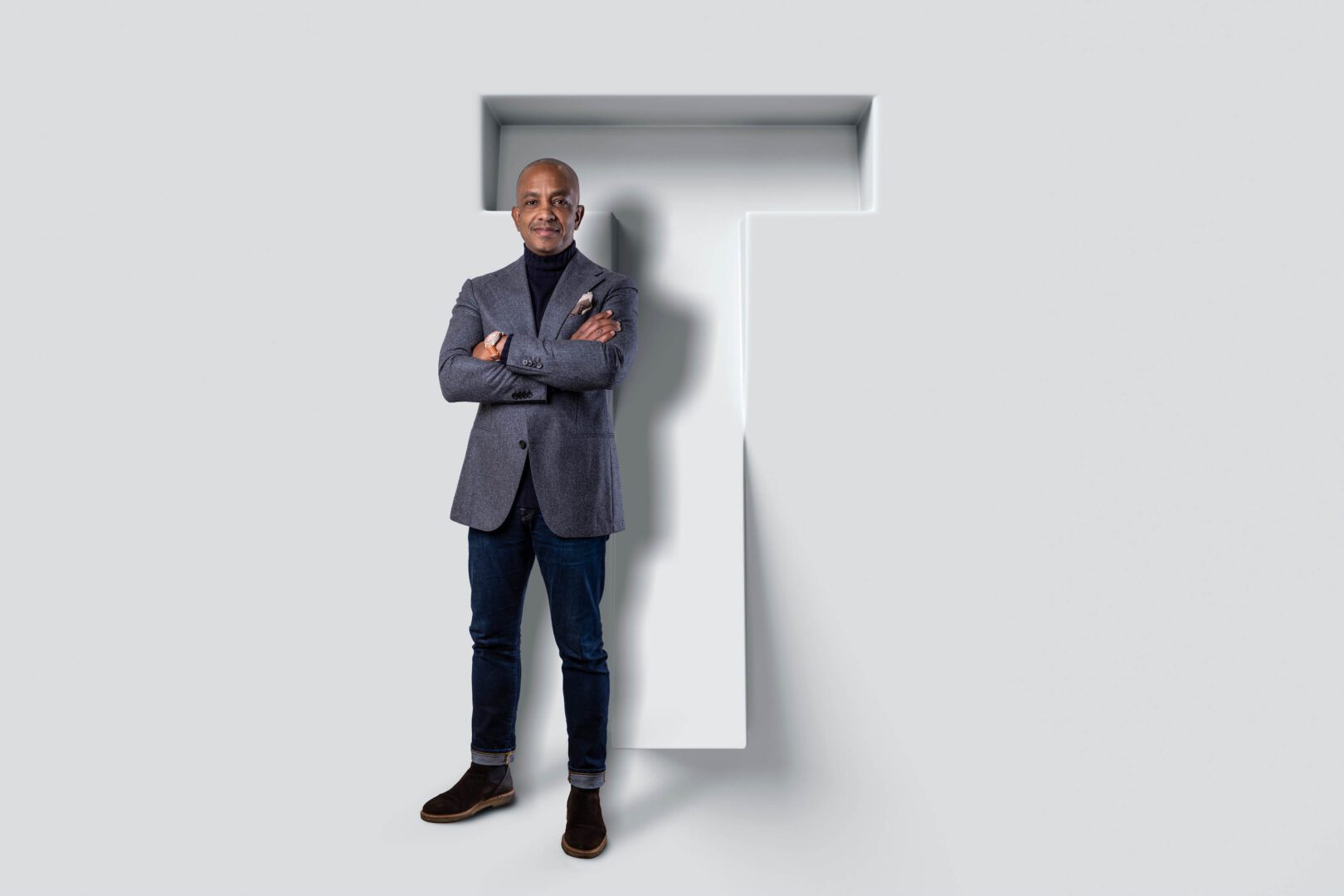Every June, AMuse is published; AM's magazine on placemaking. Inspiring and informative. For everyone interested in placemaking and everything that goes with it. With special placemakers, high-profile interviews, fascinating stories, the latest news on placemaking and much more. In the run-up to the new edition, we publish monthly 'AMuse; placemakers talking'. This time: Tony Wijntuin.
AMuse: placemaker Tony Wijntuin

Profession: Mixed-use strategist WYNE
Age: 55
Proud of: Being a forerunner in economic-social placemaking programming.
Key in placemaking is... Keep the programming as broad as possible, then a place becomes much more enjoyable and distinctive and the financial returns will follow naturally.
Schiphol
‘I worked for Schiphol Airport for 11 years. There I learned how a place can serve different users and how you can create value through the right facilities and programming. At one point at Schiphol, I and my team started experimenting with - as we called it - image builders: concepts that would not initially make any money, but made Schiphol much cooler compared to its competitors. I showed there what broader programming ultimately yields. Also financially.’
WYNE
‘After ten years, I wanted to do this for myself and founded WYNE. Simply put, WYNE takes care of the programming of facilities in a place. We not only develop a vision, but also ensure its realisation, with a focus on implementing that vision as consistently as possible.’
40-40-20
‘In that vision, I always try to incorporate the 40-40-20 plinth programming I developed myself. On the first 40 per cent, as much money as possible may be made. In other words, rent it out to the highest bidder. The second forty per cent is a kind of intermediate regime, intended for parties that are already established but cannot yet pay the top price. I see the remaining twenty per cent as a platform for placemaking, impact entrepreneurship, culture, creativity and experiments. The rent demanded here is minimal.’
In the second instance...
‘Initially, of course, this twenty per cent yields little or nothing. But ultimately, what happens there makes a place pleasant, fun and unique, with added social value for the surrounding area. And if a place is unique, those homes or office spaces above the plinth really will be sold or rented. This is what I have focused on in recent years. The nice thing is that I see more and more movement in the market; more and more parties who see that it works and dare to experiment.’
Plinths covenant
‘Strijp-S - the former Philips site in Eindhoven - is a fine example of parties who dared to experiment. They observed that Strijp-S, initially precisely a hotbed of culture and creativity, was becoming increasingly polished. They asked WYNE to develop a plinth vision and implementation plan to preserve its distinctive character. Not only that: they asked me to draw up a plinth covenant containing firm agreements to safeguard this vision. Everyone signed the covenant and I am quite proud of that.’
The art of placemaking
‘If you want to create a special place, placemaking is needed. Give space for something to emerge. If you provide that space - for example, by renting out some spaces at the lowest possible price - something innovative, something creative, something fun arises. Surely it attracts a certain type of people; free-thinkers who connect with each other. This creates cross-pollination, and from this cross-pollination new concepts often emerge. They are free people who often do things that make people say, 'Wow, this is so cool'.’